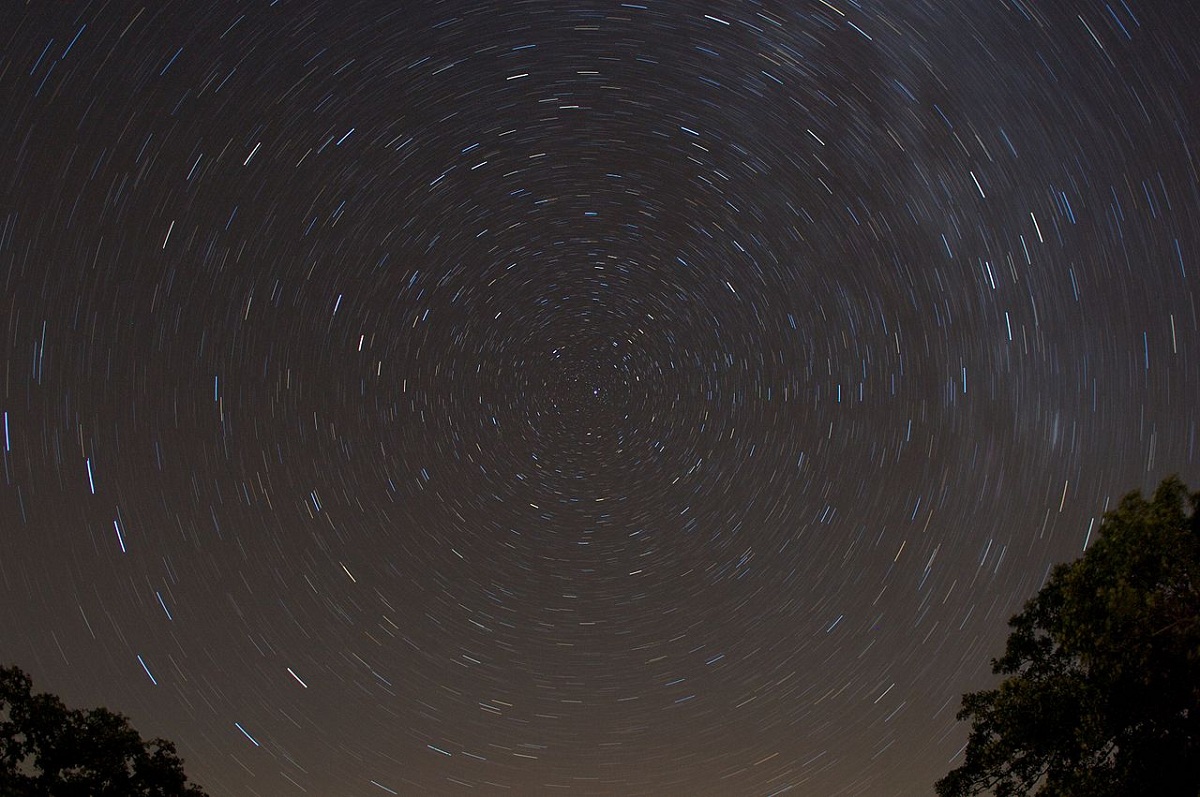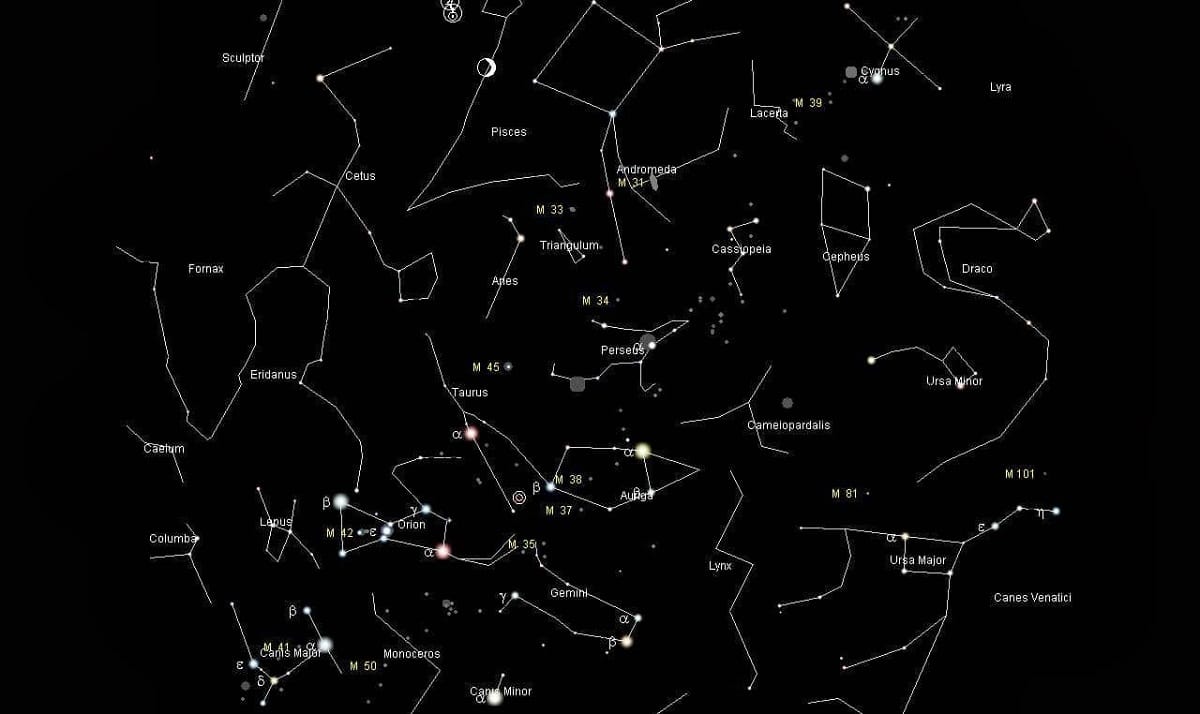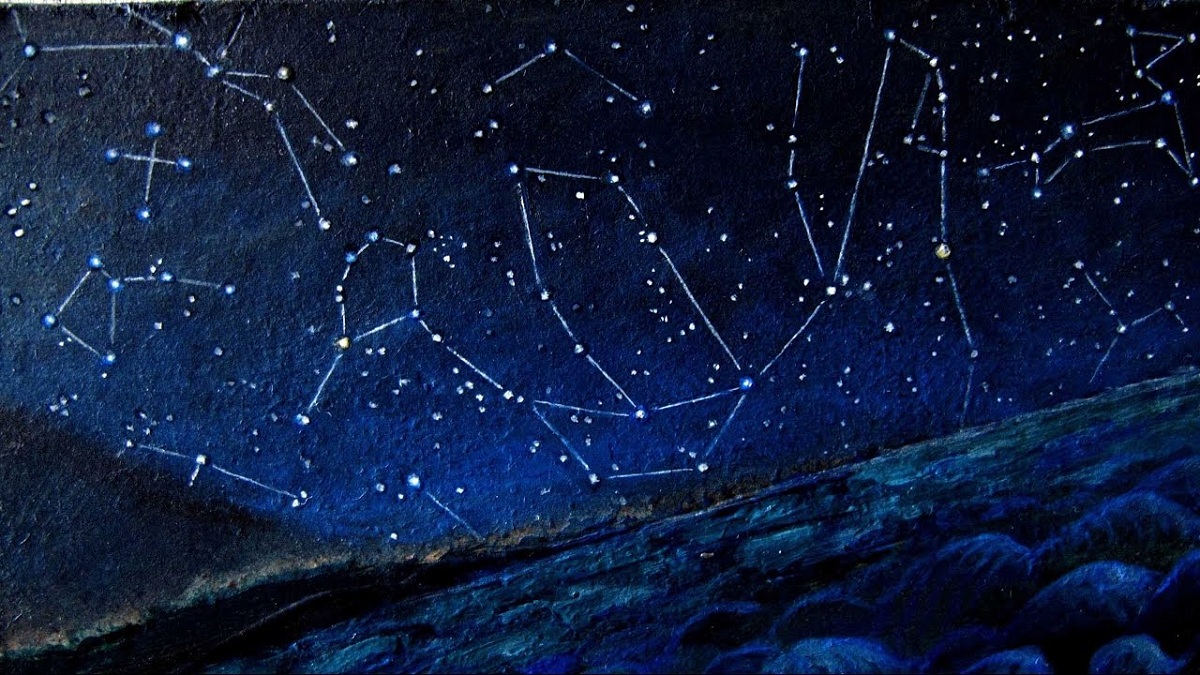
When we talk about the constellations of the firmament we can analyze different types. One of the less known but very important types are the circumpolar constellations. It is a type of constellation that many people are unaware of but that is of great importance. They are within a distance of less than 30 degrees from the square of the geographic north pole or the geographic south pole. One of the best known stars in this constellation is the Pole Star.
In this article we are going to explain everything you need to know about the circumpolar constellations and their importance.
Characteristics of the stars and constellations

When we say that we are analyzing the constellations we mean a group of stars that are arbitrarily linked to each other and with a special characteristic. And it is that they are located by imaginary lines and lines that are capable of forming a figure, silhouette or shapes of objects, people or an abstract drawing. There are numerous types of constellations depending on the shapes and the number of stars that compose it. There are some constellations have a shape more than 200 stars although they usually have a little less.
Some are easy to recognize in the sky thanks to the brightest stars that belong to the same constellation and are called alpha stars. The stars of one constellation can be part of others and are divided into different types. Most constellations are classified depending on the situation in the sky. We have the boreal constellations, the southern constellations, the zodiacal constellations and the circumpolar constellations.
The constellations of the zodiac are well known since they also have great meaning with the signs of the zodiac and with great mythological stories. Circumpolar constellations are those that are at a distance of at least 30 square degrees from the geographic north pole or the geographic south pole. They are the ones that are closest to the poles. One of the stars that belongs to these most famous constellations in the world is the pole star.
Circumpolar constellations of the northern hemisphere

Source: astronomiaparatodos.com
We are going to analyze the 8 circumpolar constellations belonging to the Arctic Circle, which are located at the north pole and the most northern areas.
- Great Bear: It is that constellation also known by the name of Ursa Major, because it is its Latin name. It is the best known in the entire sky. It can be seen throughout the year in the northern hemisphere and consists of about 209 stars of which 18 of them are the main ones.
- Little Bear: It is another of the best-known constellations in the world and is one of the most representative of the northern hemisphere. It only has 7 stars that form a silhouette of a wheelbarrow or car, which is why it is also called the constellation of the car. It is located in the northern hemisphere and the pole star is located there. It is the one that helps to constantly point out the geographic north pole and is impossible to observe from the southern hemisphere.
- Cassiopeia: it is one of the constellations that are part of the main catalog of Ptolemy. It is a constellation formed by 5 main stars in the shape of M or W, where their ends point towards the northern pole star. This constellation belongs to the group of 88 modern astronomy constellations. It is found in the northern circumpolar sky.
- North Pole Star: It is the luminous star that was close to the geographic north pole. Today we see that this position is covered by the star Polaris which is also known by the name of Alpha Ursa Minoris. It belongs to the constellation Ursa Minor and is the brightest of them.
Circumpolar constellations of the southern hemisphere

In the southern hemisphere the circumpolar constellations are also called meridians and exist in only 6 constellations that manage to figure as the leading hemisphere. Let's analyze each one of them:
- Crux: it is known by the name of the constellation of the Southern Cross, this being one of the most famous of the South Pole. It is used to locate the south celestial pole of the brightest spreading star. The brightest star in this constellation is called Acrux. This constellation is made up of 4 main stars and is the smallest star of all the constellations in the sky today.
- carina: It is one of the best known constellations for previously forming a large constellation of the Nave Argos. It was divided into 4 other small constellations known by the names of Vela, Puppis, Pyxis and Carina. This constellation has the second brightest star in the entire sky. It is known by the name of Alpha Carinae. Within this constellation is the star Canopo. This name comes from the navigator of Menelaus, the king of Sparta.
- South Pole Star: sIt is currently known by the name of the Meridian Polar Star. This means that it is located in the southern hemisphere specifically in the area closest to the geographic south pole. Although this star is not very visible it must be visualized within the constellation of Cruz del Sur. It has an important star known as Polaris Australis.
Some curiosities
The circumpolar constellations have some curiosities as it is that we can always see them. They can be analyzed at any time of the day, if not for the sun. In addition, they can be viewed at any time of the year. They are so called because they are in the areas of the hemispheres near the poles and revolve around the pole star.
Due to the terrestrial rotation of our planet it gives us the sensation that the sky also revolves around the celestial poles. This makes us see that the stars appear to make a complete turn every 24 hours. In this turn we also include the pole star, although it is not located exactly at the north celestial pole. However, it describes a circumference around the pole that is practically negligible.
Depending on the latitude in which we are now in some stars that will write an arc in the sky, while there will be others that will describe a circumference around the celestial pole, these are the circumpolar constellations.
I hope that with this information you can learn more about the circumpolar constellations.